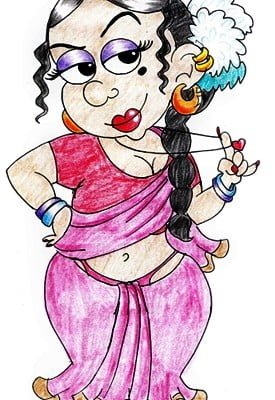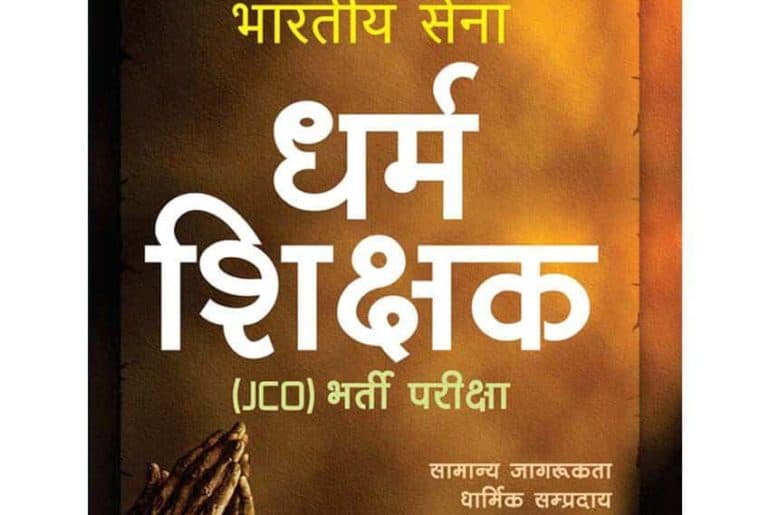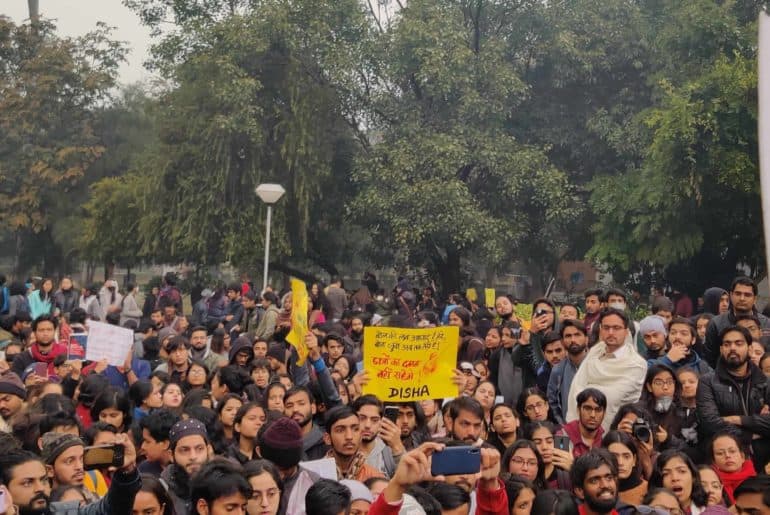Delhi University Students’ Union (DUSU) stands up against discriminatory hostel curfew timings for boys and girls.
A decision that has long been a contentious point of discussion and debate, the women’s hostels of the University of Delhi (DU) have traditionally set their curfew timings at a point earlier than those of their male counterparts, citing safety as the primary reason.
Residents of the University of Delhi’s women’s hostels have been out on a protest since the 27th of February, against various issues concerning the state of their hostels, primarily bringing up the issue of discriminatory curfew timings. Voices have also been raised against the lack of better amenities as well as the exorbitant fee system.
Protesters burnt an effigy of the Vice-Chancellor (VC)on the 9th March after repeated ignorance of their demands by the university administration. A female hosteler of the university, on the condition of anonymity, said, “I do support the cause of my fellow hostelers wholeheartedly but in my opinion, the burning of the VC’s effigy was a step too far”
Universities, organisations, student communities, and student activists have expressed support and solidarity with the hostelers’ protest, including the National Students’ Union of India (NSUI) and Jawaharlal Nehru University (JNU) amongst others.
Akshit Dahiya, President of DUSU, came out in support of the female hostellers and while noting the importance and necessity of curfew timings in ensuring basic discipline and decorum among the hostellers, also stressed on the fact that it wasn’t logical to have separate timings for male and female hostels, terming the arrangement “discriminatory”.
Dahiya opined, “It should not be different for girls and boys. We are against that discrimination. There should be a certain time by which you are required to get back to the hostel. Would you be coming and going as you wish in the middle of the night at home? Then why do it in the hostel?”
Chinmay Sahu, a student of Kirori Mal College termed the Students’ Union’s stand as “heartening” and said, “Going contrary to the wrongly prevalent stereotype of the Union leaders looking for only personal gains, this stand by them shall certainly go a long way in strengthening the will and cause of the protesters”.
The administration of the University, including the wardens and provosts of various hostels, are yet to give a reply to the ongoing developments.
“The decision to have separate curfew timings for male and female hostelers is audacious and reeks of sexism. If it is 6 pm for girls, it should be 6 pm for boys. If it is 10 pm for boys, it should be 10 pm for girls. It is time we remove traditional arrangements which go against gender equality,” opined a female hosteler of the University, on the condition of anonymity.
Featured Image Credits: Edex Live
Araba Kongbam







